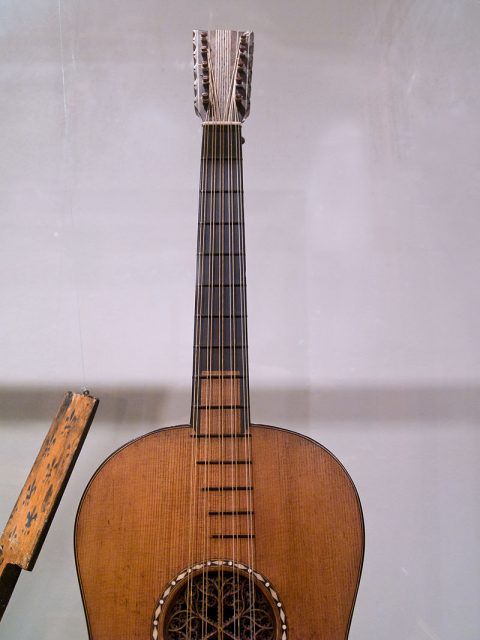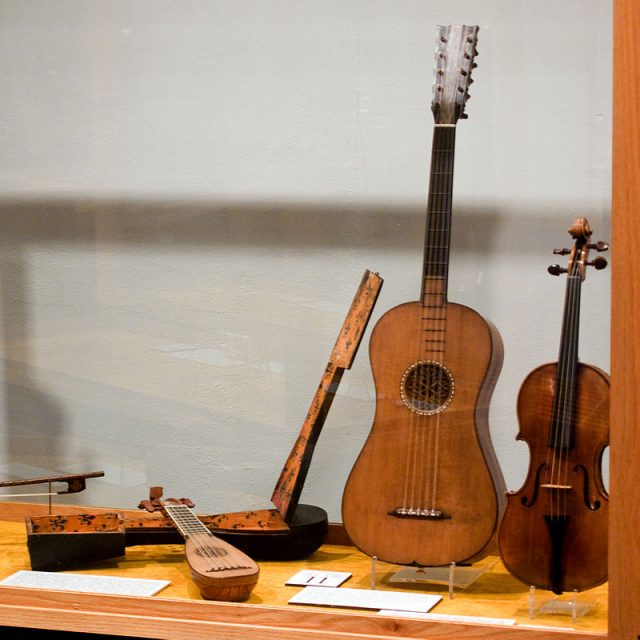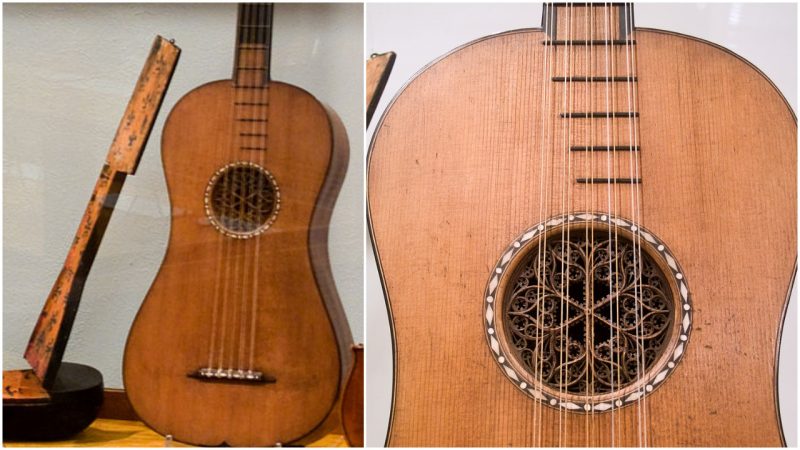In the world of string instruments, especially among luthiers, the people who craft violins and acoustic guitars, there is no name more legendary than Antonio Stradivari. Although he is most famous because of the violins he and his family created, Stradivari made the occasional guitar too. Recently, a guitar of his called Sabionari was restored and made playable again.
Born sometime between 1644 and 1649 in a notable Cremona family, Antonio Stradivari grew up to be an exceptional musical instrument maker. He started working under the mentorship of Nicola Amati, whose grandfather created the first instruments of the violin family.
Soon his work started to get noticed. The precision with which he carved and assembled his instruments made him known as one of the most skilled craftsmen in the world. Stradivari experimented with many techniques while trying to achieve the best sound and quality for his instruments. In the early 1690s, Stradivari changed the style of his violins, making them larger. These violins became known as “Long Strads.”
Later, between 1700 and the 1720s, a period often defined as his “golden years,” he changed his style again and made smaller violins. The instruments that he produced in this period are of a higher quality than the earlier ones. Despite the fact that Antonio started working at a very early age, he couldn’t have made the estimated number of 1,116 instruments all by himself. He had some help from two of his sons, Francesco and Omobono. Omobono made several instruments on his own and left the workshop when he was 18, while Francesco made only a few but stayed at the workshop helping his father for the rest of his life. This is perhaps why his name is more mentioned in Antonio’s will than his brother’s.

Today, Stradivari’s musical instruments are considered one of the best string instruments in the world. He is compared to only one other maker, Giuseppe Guarneri del Gesù, who made the most expensive violin in existence today at $16 million. Stradivari’s instruments are also among the most expensive and many are played by contemporary professional musicians.
In his lifetime, Stradivari made around 960 violins. Today, 650 of his instruments can still be seen, and many of them are still playable. There are five surviving guitars, one of which is the recently restored Sabionari. It is the only playable guitar out of those five, making Sabionari rarer than the Stradivarius violins.

Antonio Stradivari created this particular guitar in 1679. At the beginning of the 19th century, the beautiful Sabionari underwent some design changes following the style of musical instruments being created then. This meant changing its baroque configuration. A few years ago, luthiers Daniel Sinier, Francoise de Ridder, and Lorenzo Frignani decided to return Sabionari to its original baroque shape. The guitar was restored and strung according to the old string setting: four double Catgut strings (A D G B) and a single E string. (The Sabionari is currently in a private collection, and the owner is considering making it a museum piece.)

Restoring an instrument like this without allowing it to be heard strikes one as sad. It somehow needs to tell its own story. That is why in the last few years several musicians have been given permission to use it for performances.
The sound of Sabionari is amazing. Listening to this instrument being played sends you back in time.
It’s impossible to think that Stradivari wouldn’t be happy if he knew that his instrument still possesses such splendor.
